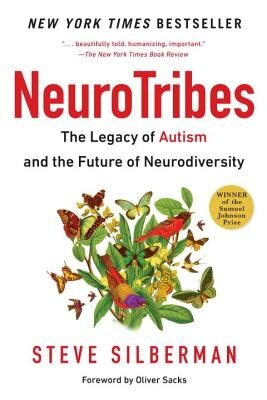To set the context, here are some facts about the field of behavior analysis. As of January 4, 2021, there were 44,025 Board Certified Behavior Analysts (BCBA; Behavior Analytic Certification Board, n.d.). Of those BCBAs, 71.82% are white, 9.34% are Hispanic/Latinx, 5.99% are Asian, 3.60% are Black, 0.38% are Native Hawaiian or Pacific Islander, 0.30% are American Indian/Alaskan Native, and 8.57% have not provided their demographic information. Let’s take a look at gender. Of the 44,025 BCBAs, 86.16% are female. Based on these numbers alone, one could say our field is lacking in diversity.
So, in a nearly homogenous field comprised mostly of white and/or female providers, surely, they require training about diversity and cultural competency, right? Not exactly. As behavior analysts, we are required to complete a certain number of ethics CEUs each year (BACB, 2017) and these units can be related to cultural competency (ABAI, 2021). Now, I feel it is important for me to interject here: I absolutely love the science of behavior and am passionate about the work I do every day. This post is not to bash my profession, my field, or anyone within it, rather, it is to challenge us to “do better” as a field and community. It is important to note that as a discipline, we have come a long way, but we still have lots to learn, and that is okay.
This, I feel, requires us to look beyond cultural competency training. Of course, there is great value in understanding culture and how it impacts service delivery but that is the starting point. Fong & Tanka propose seven standards for promoting cultural competence in behavior analysis. These include using culturally sensitive methodological approaches, advocating for a diverse workforce, and providing/advocating for services in different languages. Attend a behavior analytic conference and you will find workshops and talks focusing on cultural competency in the workplace (ABAI, 2021), there are podcasts abundant about cultural responsiveness (ABA Inside Track, 2021), and trainings/webinars focusing on the subject are in hot demand. And this is exciting!! But I can’t help but feel like we are still missing something...
Cultural competency is defined by the APA as, “1. possession of the skills and knowledge that are appropriate for and specific to a given culture. 2. the capacity to function effectively in cultural settings other than one's own.” This seems to imply that once you have the skill, you have it. That’s it. But that’s not it. Our relationship with clients and their families is dynamic and there are many contextual factors which may influence that relationship based on culture. One factor is power. We are in a position of power. We are literally being asked to change someone’s behavior, that should never be taken lightly. How can you ensure your services are liberating and not oppressive? Another factor is systemic inequity, injustice, and disparity – They are historically rampant within the realm of healthcare, for example, lack of access/availability to services, unjust research practices, insurance barriers, abuse of power, etc. These factors have cultural implications and must be better understood.
So how do we do this? Practice listening without expecting to be taught. It is okay to mess up but be willing to use those experiences as an opportunity to learn. It is one thing to understand culture. That is a wonderful place to begin. But to be truly equitable, we must also examine where we exist within the complex and dynamic relations surrounding our clients and their cultures.
References
Behavior Analyst Certification Board. (n.d). BACB certificant data. Retrieved from https://www.bacb.com/BACB-certificant-data.
Behavior Analyst Certification Board. (2017). BCBA task list (5th ed.). Littleton, CO: Author.
Association for Behavior Analysis International. (2021). 47th Annual Convention; Online; 2021.
Fong, E. H., & Tanaka, S. (2013). Multicultural alliance of behavior analysis standards for cultural competence in behavior analysis. International Journal of Behavioral Consultation and Therapy, 8(2), 17.
ABA Inside Track (2021). Episode 152 - (ETHICS) The Ethics of Teaching Cultural Responsiveness. https://www.abainsidetrack.com/home/2021/1/13/episode-152-teaching-cultural-responsiveness
American Psychological Association. (2007). APA dictionary of psychology.




















